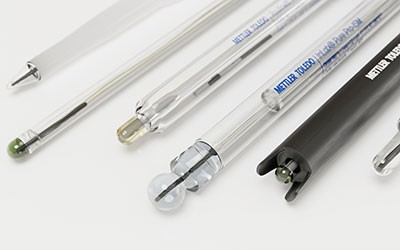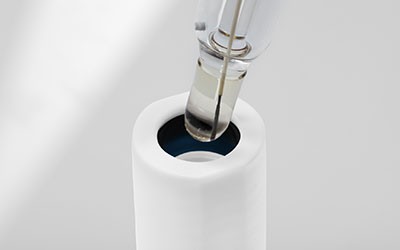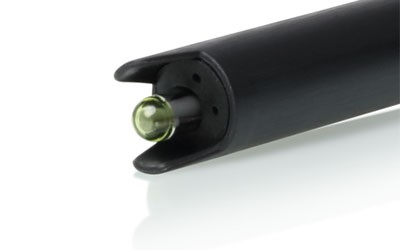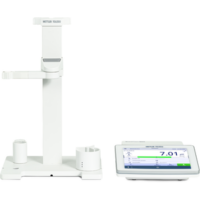Description
What is pH?
On a logarithmic scale, pH (potential of hydrogen) represents the acidity or alkalinity of a water-based solution. On this scale, 7 represents neutrality, lower values indicate acidity, and higher values indicate alkalinity.
What are pH probes and how do they work?
A pH probe allows a user to determine the alkalinity or acidity of a solution. pH probes work by measuring a solution’s hydrogen-ion activity, which is detected by a sensitive glass membrane at the end of the probe.
When exposed to an aqueous solution, the exterior surface of the glass membrane develops a gel layer. Because the probe is filled with an aqueous electrolyte solution, a similar gel layer forms on the inner side of the glass membrane. Depending on the pH value, the H+ ions in and around the gel layer can diffuse into or out of this layer. As a result, the solution’s H+ ion concentration is determined.
If the solution is alkaline, H+ ions diffuse out of the layer and a negative charge forms on the membrane’s outer surface. If the solution is acidic, H+ ions diffuse into the layer and a positive charge forms on the membrane’s outer surface. Because the probe contains an internal buffer with a constant pH, the potential on the inner surface of the membrane remains constant throughout the measurement. As a result, the pH probe potential is the difference between the inner and outer charges of the membrane.











